How Can You Spot A Spam Email?
How Can You Spot A Spam Email?
By: Samantha Geary, Marketing Executive

Phishing emails can be massively damaging to businesses or individual employees if they’re opened and is one of the main types of fraud today. Phishing emails are designed to take passwords and payment details from people who open the email, in order to access systems and accounts that don’t belong to the sender. Falling victim of a convincing phishing email can have a massive impact on a business as confidential details can be leaked, data breaches committed if customer details are held, or bank accounts hacked so funds go missing.
Emails From Public Domains
Most businesses will operate their email system using an email address which reflects their business domain, for example, sales@businessdomain.com. However, phishing emails often use public domains from personal email addresses, such as businessname@gmail.com. The fact that a standard public domain has been used usually means that the sender hasn’t paid for their domains, which could signal an attack.
The Email Domain Is Spelled Incorrectly
One of the main things to look out for is the domain name on the email address. Usually, if a hacker is attempting to pass themselves off as a company, they will attempt to replicate the domain name of that company. However, as they don’t own that name, there may be a subtle spelling difference. Always check online to determine what the official email of the company is.

Emails From Public Domains
Most businesses will operate their email system using an email address which reflects their business domain, for example, sales@businessdomain.com. However, phishing emails often use public domains from personal email addresses, such as businessname@gmail.com. The fact that a standard public domain has been used usually means that the sender hasn’t paid for their domains, which could signal an attack.
Unprofessional Email
If you regularly receive emails from a company, you’ll most likely be used to their style of writing. When you look at the copy included in the email, a phishing email will usually come across a little ‘off.’ There are likely to be spelling mistakes or grammar issues as though the email hasn’t been proofread properly, or even broken language because your language often isn’t the first language of the hacker if they live in another country.
If you feel that the email is asking you to perform a task that the company wouldn’t normally, then avoid it. This could be signing up for something via a link or entering your bank details.
Urgent Action Required
Many phishing emails will state that they require urgent action and may state that ignoring the email could have consequences such as subscriptions being cancelled, or payment being removed from your bank account. This is simply to force you to click on a link to avoid negative consequences. To check, contact the company directly and ask them if the email is official.
Suspicious Attachments
Most businesses now operate using shared drives or cloud services, so an email with an attachment in an unconventional format could signal a spam email. Opening that attachment may introduce harmful malware onto your computer which may remove data or find your passwords.
If you’re unsure of an attachment, make sure you don’t open it and contact the company that sent the email to check why they’ve sent it. Most companies will be happy to back up an email and confirm when and why it was sent if it was genuinely from them, so it’s good practice to find their contact details online and double-check.
PCS Systems specialise in secure equipment disposal and protection, helping you to remove those nasty spam emails and protect your business’ online assets. If you’re struggling with excessive spam or have been victim of a phishing email before and would like to learn more, get in touch with PCS Systems today to discover secure mail control services.
PCS Business Systems Ltd
2 Northfield Point
Cunliffe Drive
Kettering
Northants
NN16 9QJ

